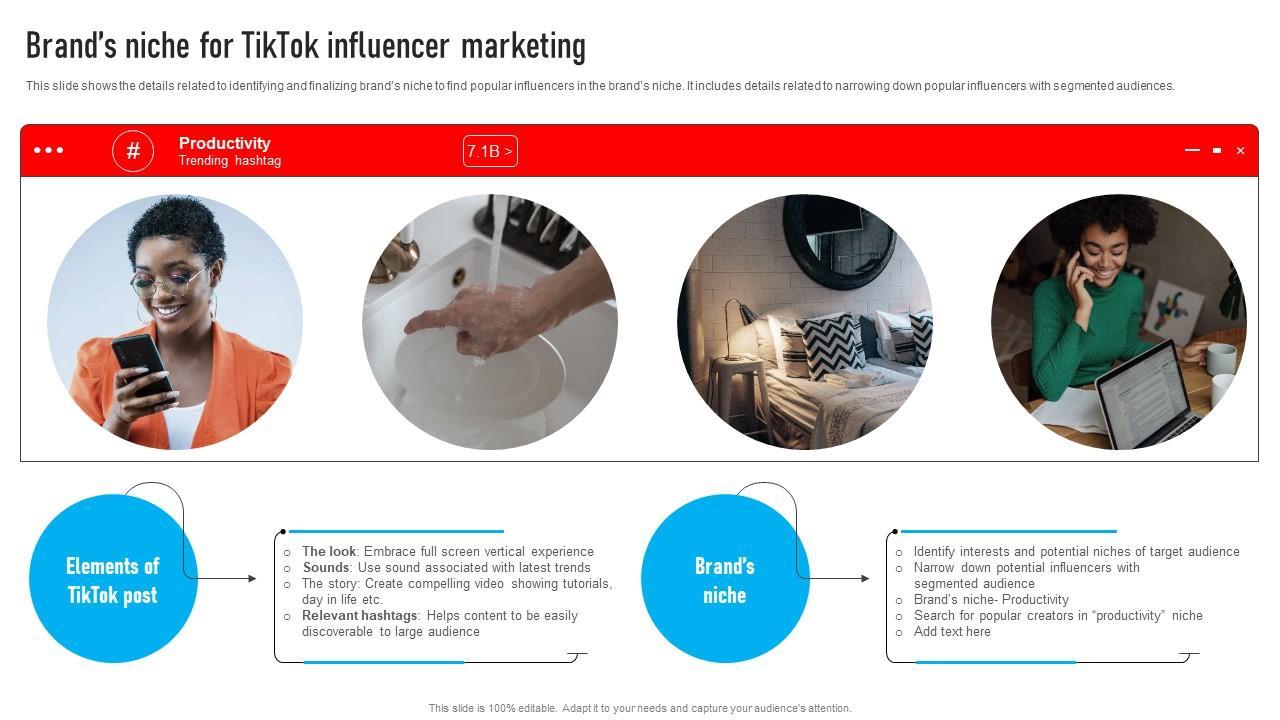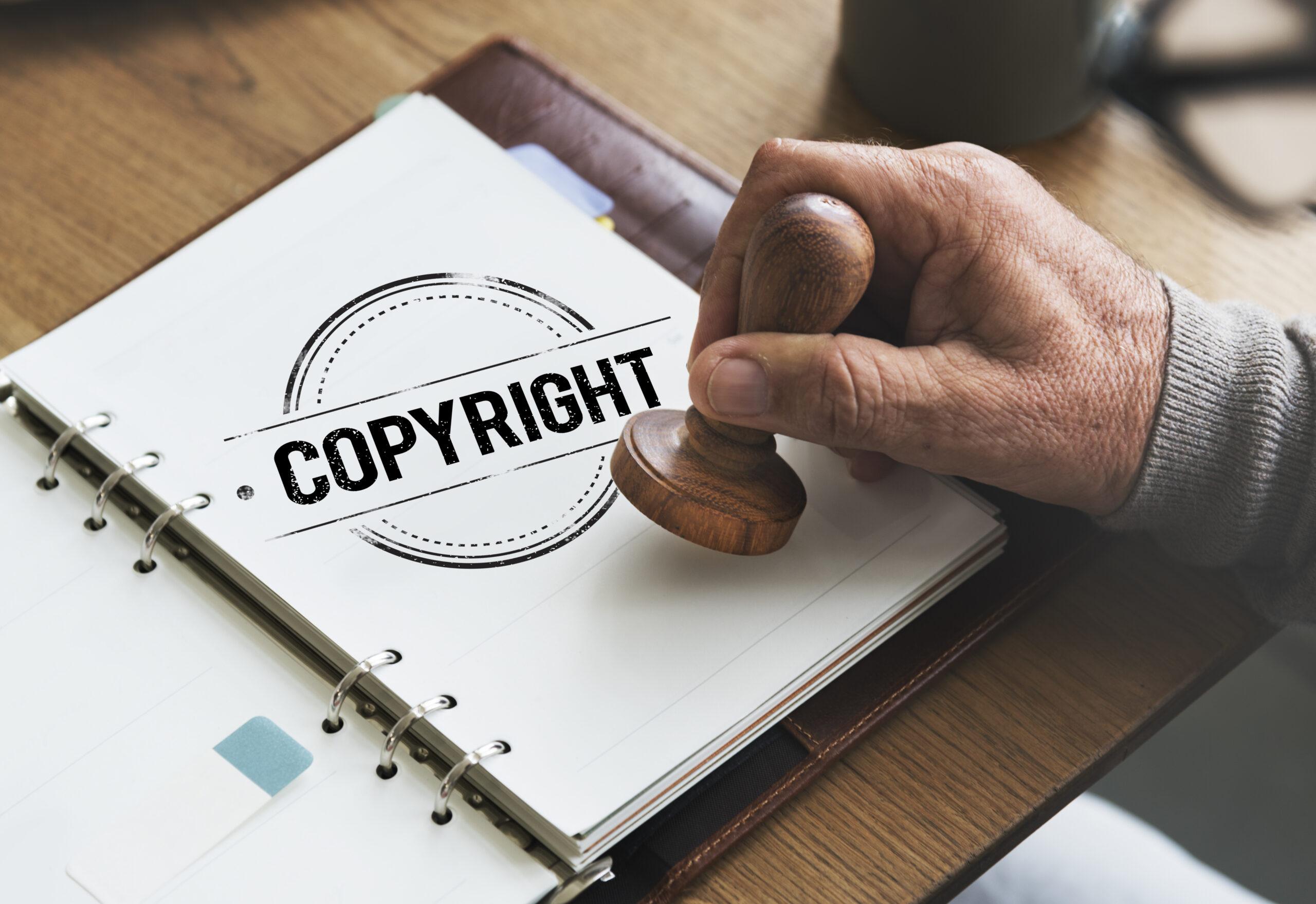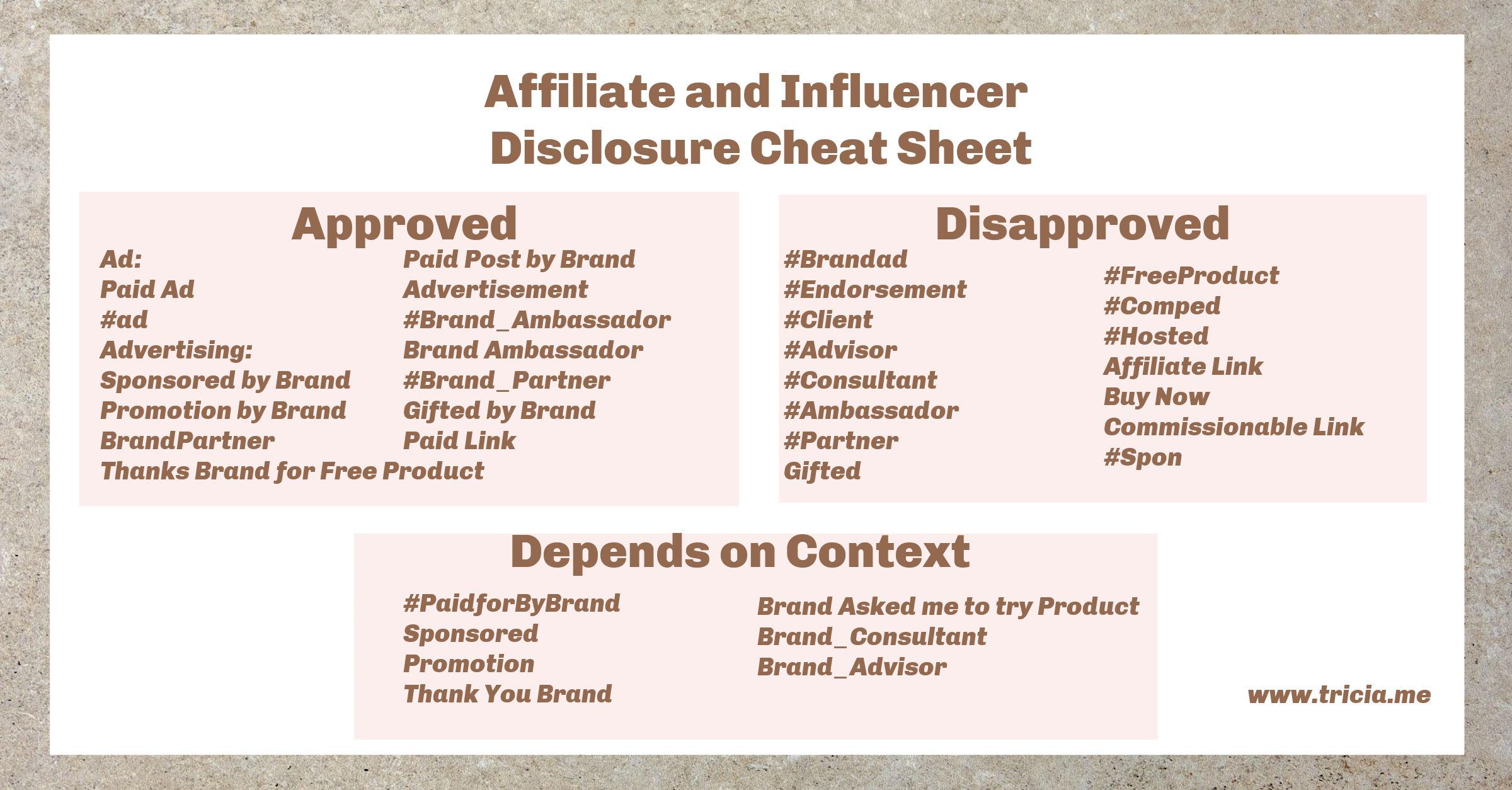
In the age of digital content, YouTube influencers have emerged as powerful figures in shaping consumer behavior and driving brand engagement. With millions of subscribers and views, these creators offer businesses an unparalleled opportunity to connect with audiences in authentic and relatable ways. However, the burgeoning landscape of influencer marketing is not without its complexities. As brands increasingly turn to YouTube for partnership opportunities, understanding the legal considerations inherent in these collaborations becomes paramount. From disclosure requirements to intellectual property rights, navigating the legal framework surrounding influencer marketing is essential for both brands and influencers alike. This article explores the critical legal aspects that must be taken into account, offering a roadmap for prosperous and compliant influencer partnerships on one of the world’s most influential platforms.
Understanding Disclosure Requirements for Influencer Partnerships
In the dynamic world of influencer marketing on YouTube, understanding the complex landscape of disclosure requirements is paramount for both brands and influencers. The Federal Trade Commission (FTC) mandates transparency when sponsored content is published, ensuring that audiences are aware of promotional relationships. Influencers must clearly communicate these partnerships to their viewers by making appropriate disclosures, which can include:
- Using clear language: Phrases like “paid partnership,” “sponsored,” or “in collaboration with” should be prominently featured at the beginning of the video description or on-screen text during the video.
- Maintaining visibility: All disclosures should be easy to locate and not buried within long descriptions or videos.
- Consistent messaging: Employ similar disclosures across various platforms to enhance brand credibility and ensure compliance.
Failure to adhere to these disclosure regulations can result in severe consequences, including fines and damage to reputation. To illustrate these disclosures,the following table outlines some common practices and their effectiveness:
| Disclosure Method | Effectiveness |
|---|---|
| On-screen Text | Highly effective; grabs viewer attention instantly |
| Video Description | Effective; serves as a reference post-viewing |
| Verbal Disclosure | moderately effective; depends on delivery and timing |

Crafting Effective Contracts to Protect Your Brand
When entering into contracts with YouTube influencers, it’s crucial to ensure that every aspect of the agreement reflects your brand’s values and objectives.Effective contracts should encompass a variety of elements, allowing for both clarity and protection. Start by clearly defining key roles and responsibilities for both parties. This section can outline expectations related to content creation, posting schedules, and engagement goals. Additionally, be explicit about usage rights for content produced; specify whether the brand has the right to repurpose materials across other platforms without additional compensation.
Moreover, considerations around compensation and performance metrics are essential in structuring your agreement. Transparent terms regarding payment—whether a flat fee, commission-based, or product exchange—should be laid out to prevent misunderstandings. Setting clear performance benchmarks can also be beneficial, including metrics such as view counts, engagement rates, or audience reach. Below is a simple table to provide a swift reference for essential contract components:
| Contract Component | Description |
|---|---|
| Parties involved | Identifies the brand and influencer |
| Deliverables | Specifies content type and quantity |
| Timeline | Details start and end dates for the campaign |
| Compensation | Outlines payment structure and terms |
| Usage Rights | States how the content can be used post-campaign |

Mitigating Risks: Copyright and Trademark Considerations
in the fast-evolving landscape of influencer marketing, it’s crucial for brands and influencers alike to ensure they are properly equipped to navigate the complexities of copyright and trademark law. Firstly,influencers should be vigilant about the content they create and share. This can include everything from music tracks to graphics.Utilizing copyrighted material without permission can lead to notable legal repercussions. To mitigate these risks, influencers should:
- Obtain licenses for music or visuals they plan to use.
- Consider creating original content to avoid infringement.
- Credit creators properly, when using third-party material under fair use guidelines.
Brands must also tread carefully when collaborating with influencers. It’s essential to ensure that any logos, brand names, and proprietary information are used appropriately to avoid trademark infringements. Establishing clear contractual agreements that outline permitted uses of branding elements can go a long way in protecting both parties. Key points to discuss in these contracts may include:
| Contractual Element | Description |
|---|---|
| Scope of Use | Defines how the influencer can use the brand’s trademarks. |
| Termination Clause | Outlines conditions under which the agreement can be terminated. |
| Indemnity Clauses | Protects against legal battles arising from content use. |

Navigating FTC Guidelines to Ensure Compliance and Trust
To build a successful influencer marketing strategy on YouTube, it’s essential to understand the Federal Trade Commission (FTC) guidelines and incorporate them seamlessly into your campaigns. These regulations are designed to promote transparency and build trust between influencers, brands, and their audiences. When collaborating with influencers,brands should ensure that all promotional content is clearly disclosed. This can be achieved thru various means, such as:
- Using clear language: Phrases like “#ad” or “sponsored” should be prominently displayed at the beginning of the video description and verbally within the content.
- Visibility: Disclosures must be hard to miss—placing them at the bottom of the screen might not suffice.
- Auditory cues: Encouraging influencers to mention the partnership verbally reinforces the message for viewers who might miss visual disclosures.
Moreover, maintaining compliance with the FTC entails not only providing disclosures but also ensuring that any claims made are truthful and substantiated. Influencers should avoid exaggerating product benefits or making unfounded statements. Consider utilizing a compliance checklist to streamline this process:
| Compliance Checklist |
|---|
| Clear disclosure at the beginning of videos |
| Verification of product claims and effectiveness |
| Avoidance of misleading or aggressive language |
| Continuous education on emerging guidelines |
To Wrap It Up
As we conclude our exploration of navigating the complex landscape of YouTube influencer marketing, it becomes clear that understanding the legal considerations is not merely a box to check, but a crucial aspect of cultivating fruitful partnerships. The digital realm thrives on authenticity and transparency, and by adhering to legal guidelines, brands and influencers can foster trust and enhance their reputations.
A strategic approach that incorporates intellectual property rights, disclosure requirements, and contract clarity not only safeguards against potential pitfalls but also paves the way for innovative collaborations that resonate with audiences. As you embark on your journey through this vibrant marketing channel, remember that being informed and proactive in your legal obligations can set the stage for success.
By weaving legality into the fabric of your influencer campaigns, you not only protect your interests but also contribute to an ecosystem were creativity and compliance coexist harmoniously. So, as you set out to harness the power of YouTube influencers, let knowledge be your compass and integrity your guide. Happy navigating!